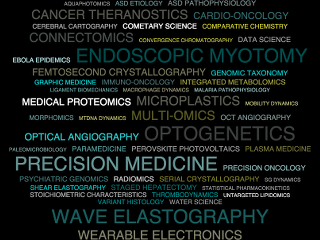The STRING database of known and predicted protein–protein interactions is a heavily used resource by bioinformaticians and non-bioinformaticians alike. The former generally use STRING via its web interface, whereas the latter typically download the complete network and analyze it locally. However, we lacked a good way for non-bioinformaticians to work with networks that are just too large for the web interface. A typical example of this would be users, who wish to visualize the results of a proteomics or transcriptomics study as a STRING network.
To address this, I have worked with John “Scooter” Morris to develop a new Cytoscape app for STRING. The app allows you to quickly retrieve much larger networks than is possible via the web interface and gives you the powerful layout and analysis features of Cytoscape. At the same time, it retains the “glass ball” look that many people associate with a STRING network (shown here with a small example network):

When retrieving network, the app also includes node attributes from the COMPARTMENTS and TISSUES databases. This allows users to easily, for example, color the nodes based on the confidence with which each protein is localized to a certain cellular compartment or expressed in a certain tissue. The app also includes node attributes for drug targets classification of human proteins, which are obtained from the Pharos web resource. Finally, since it is Cytoscape, you can obviously import your own attributes table.

Although it is not yet feature complete, version 0.9 of the app is already available from the Cytoscape App Store under the name stringApp. Please note that it requires Cytoscape 3.3 to work.




